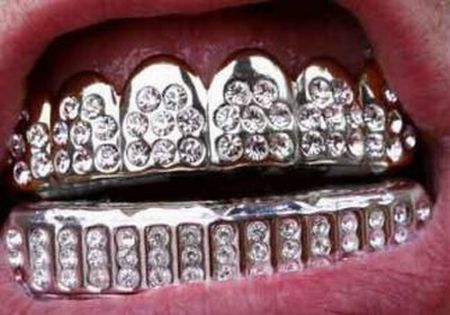|
|
Teeth Holder Jewelry Around The World
|
They worked two styles of pieces; cast pieces and pieces hammered out of sheet metal. Fewer pieces of cast jewellery have been recovered; it was made by casting the metal onto two stone or clay moulds. Then the two halves were joined together and wax and then molten metal, was placed in the centre. This technique had been practised since the late Bronze Age. The more common form of jewellery was the hammered sheet type. Sheets of metal would be hammered to thickness and then soldered together. The inside of the two sheets would be filled with wax or another liquid to preserve the metal work. Different techniques, such as using a stamp or engraving, were then used to create motifs on the jewellery. Jewels may then be added to hollows or glass poured into special cavities on the surface. The Greeks took much of their designs from outer origins, such as Asia when Alexander the Great conquered part of it. In earlier designs, other European influences can also be detected. When Roman rule came to Greece, no change in jewellery designs was detected. However, by 27 BC, Greek designs were heavily influenced by the Roman culture. That is not to say that indigenous design did not thrive; numerous polychrome butterfly pendants on silver foxtail chains, dating from the 1st century, have been found near Olbia, with only one example ever found anywhere else.
Rome
Although jewellery work was abundantly diverse in earlier times, especially among the barbarian tribes such as the Celts, when the Romans conquered most of Europe, jewellery was changed as smaller factions developed the Roman designs. The most common artefact of early Rome was the brooch, which was used to secure clothing together. The Romans used a diverse range of materials for their jewellery from their extensive resources across the continent. Although they used gold, they sometimes used bronze or bone and in earlier times, glass beads & pearl. As early as 2,000 years ago, they imported Sri Lankan sapphires and Indian diamonds and used emeralds and amber in their jewellery. In Roman-ruled England, fossilised wood called jet from Northern England was often carved into pieces of jewellery. The early Italians worked in crude gold and created clasps, necklaces, earrings and bracelets. They also produced larger pendants which could be filled with perfume.
|
|









